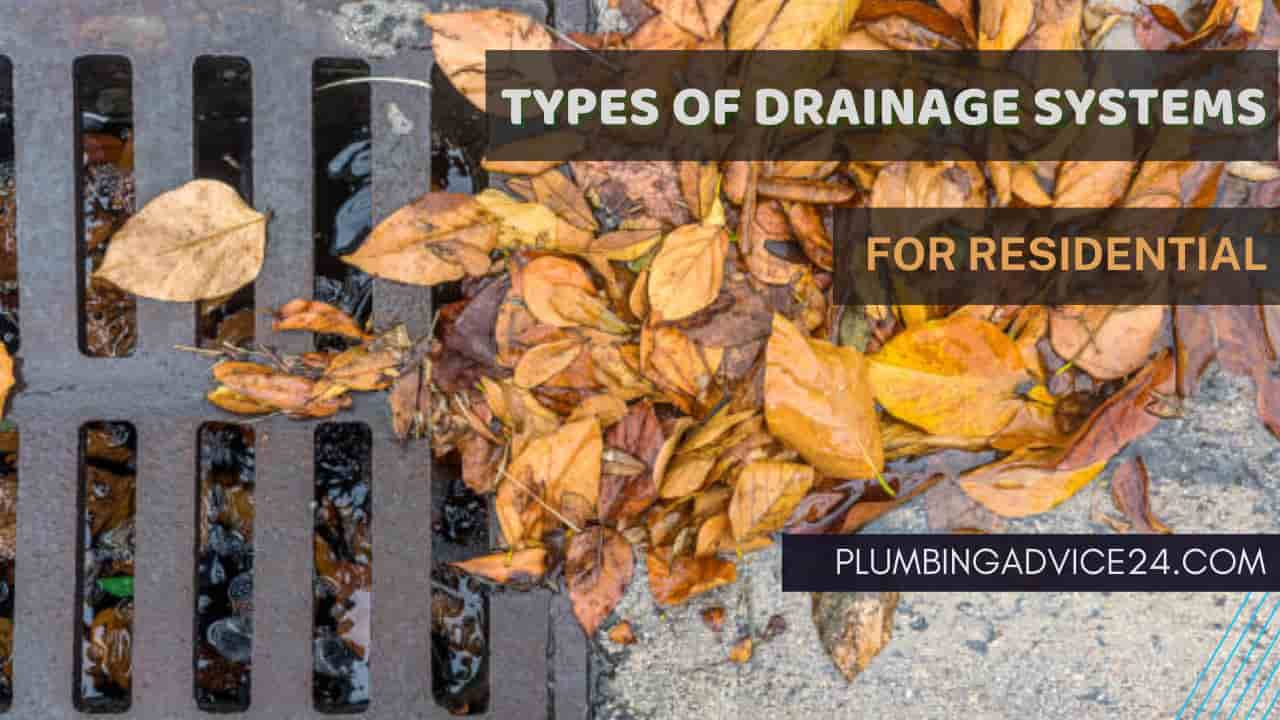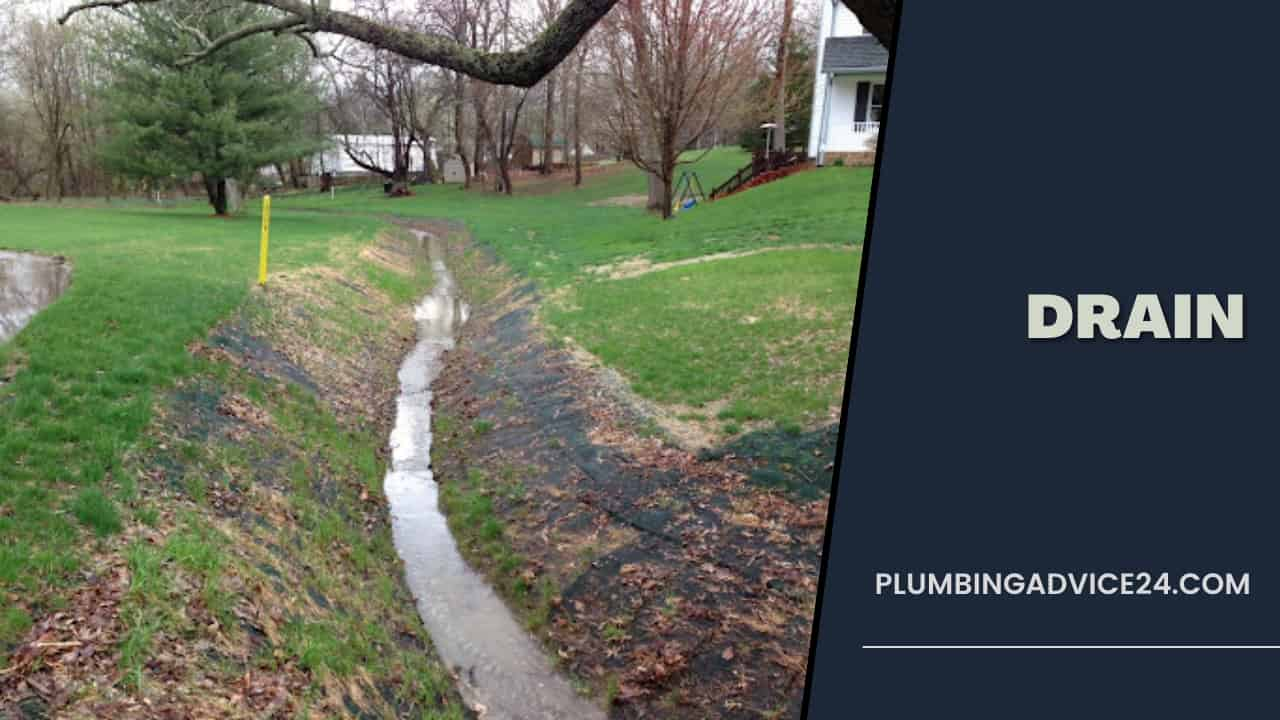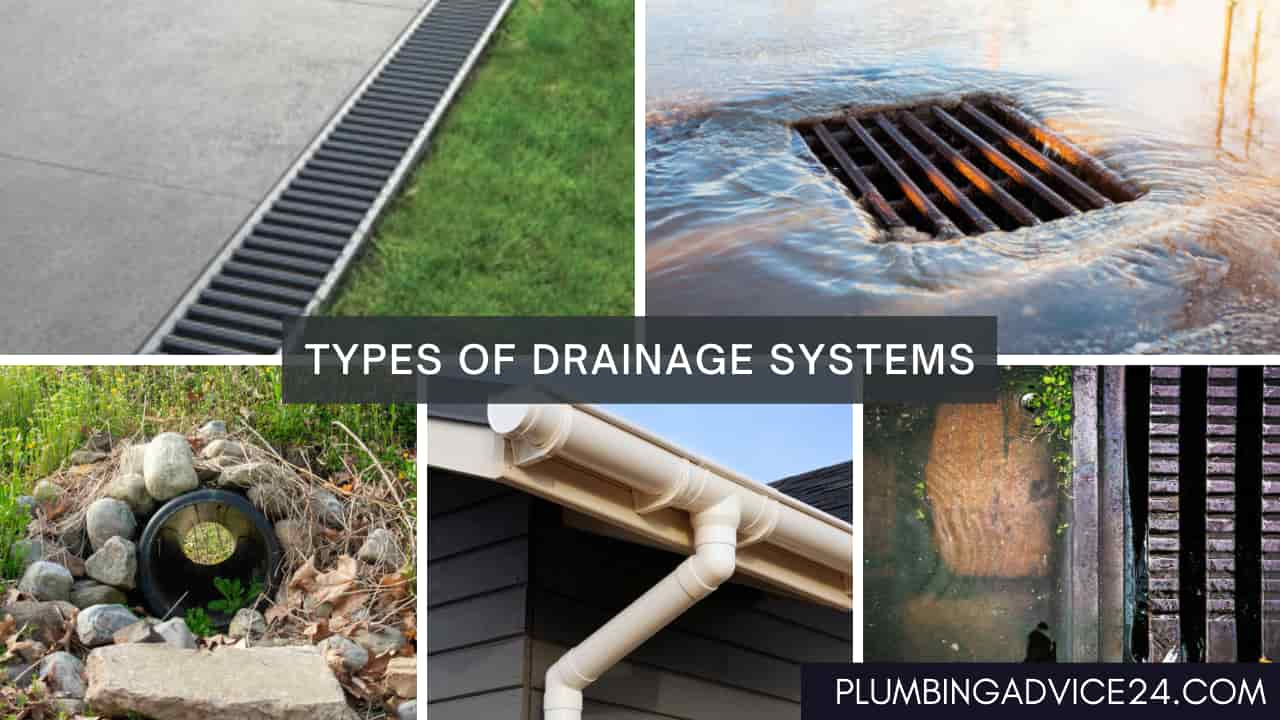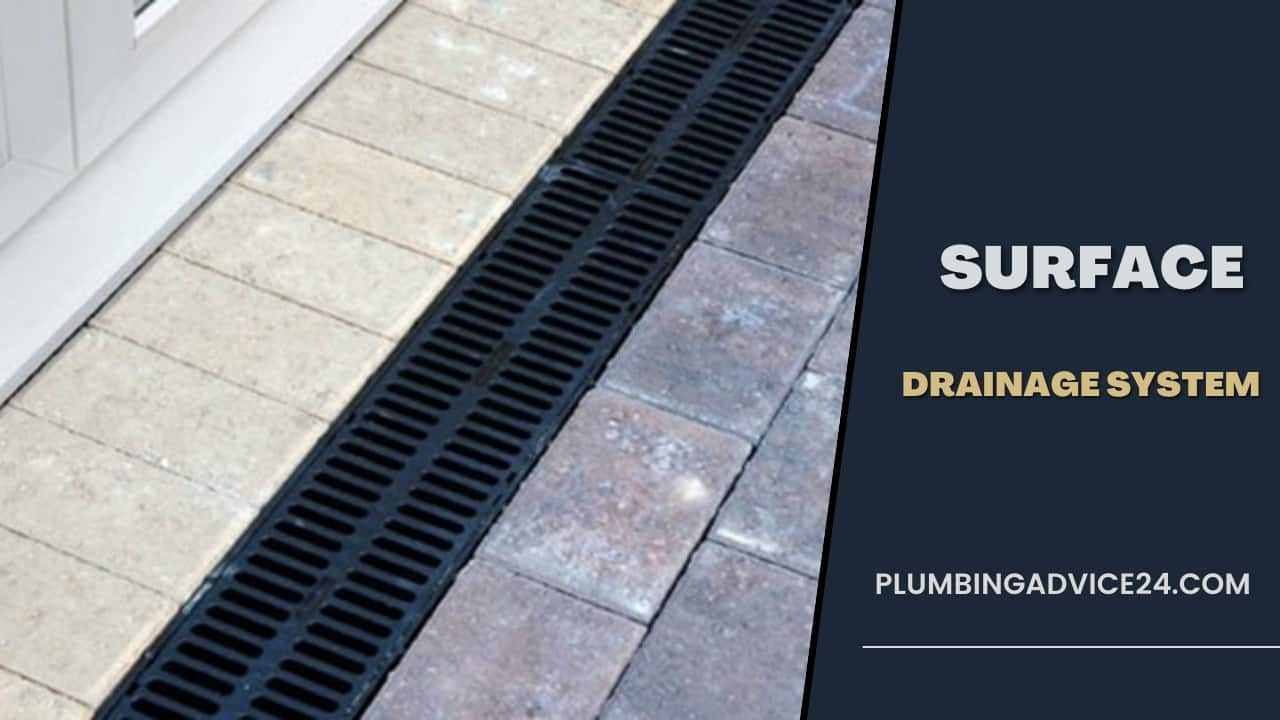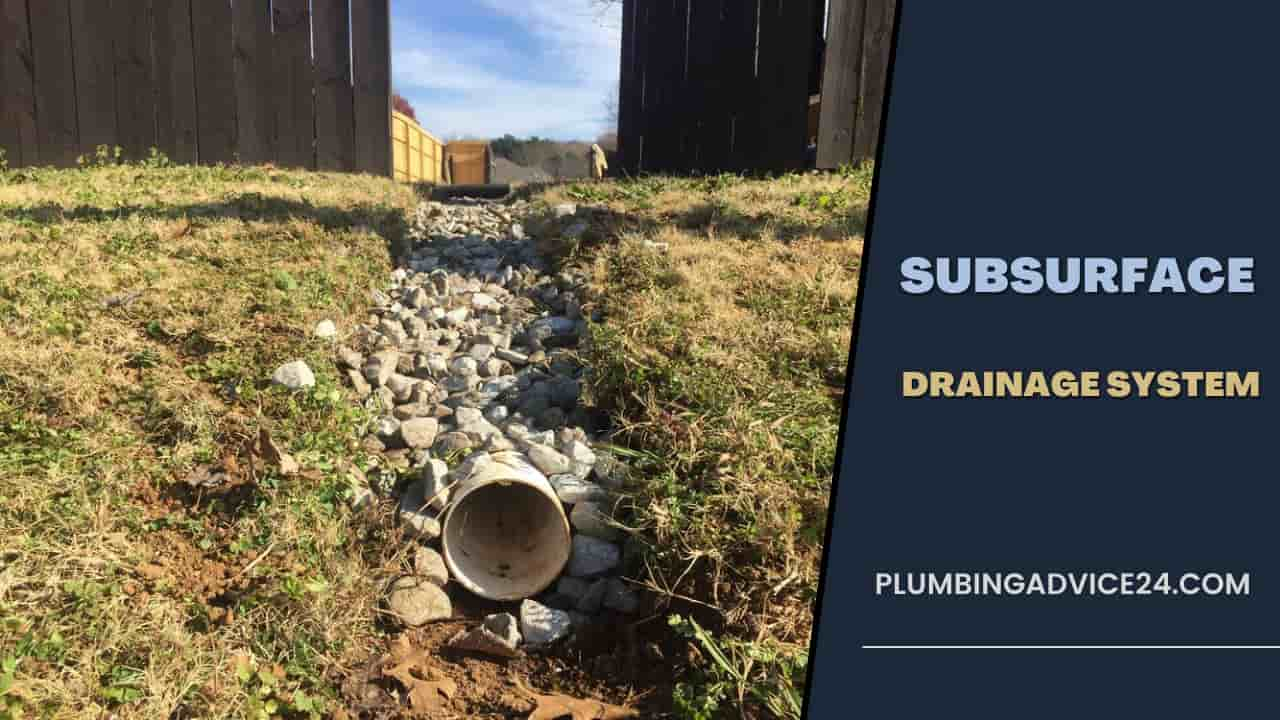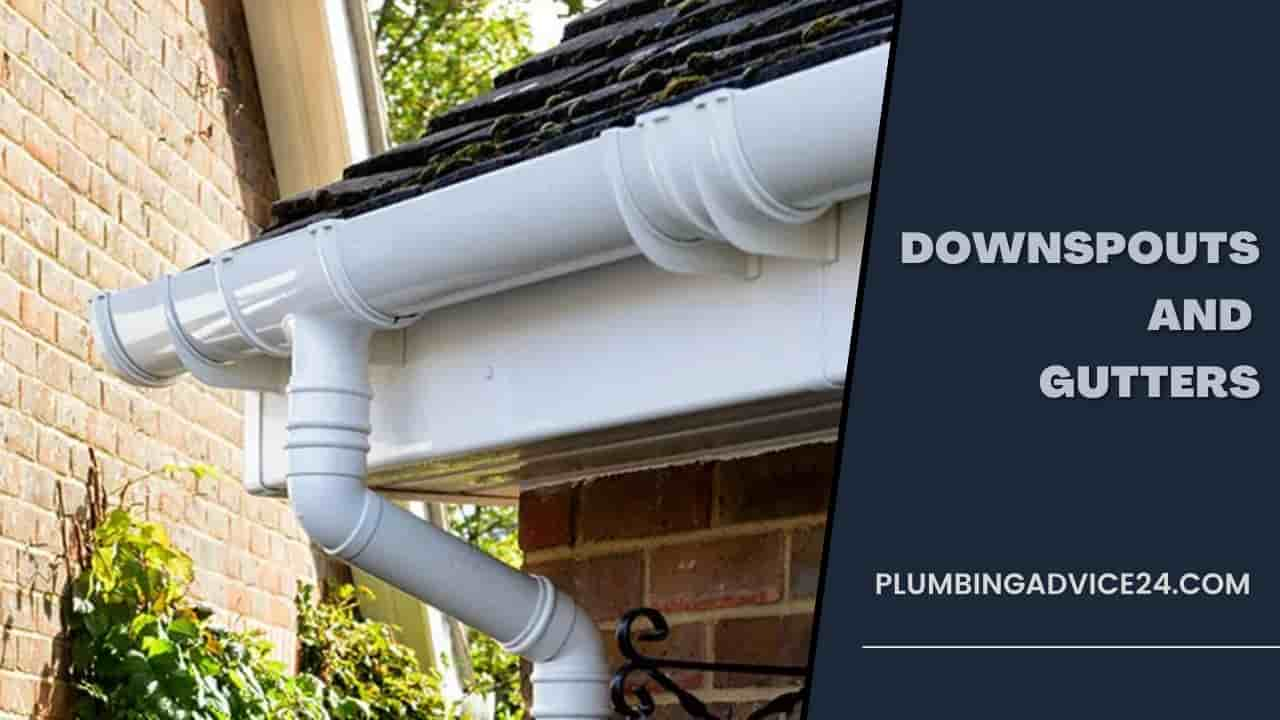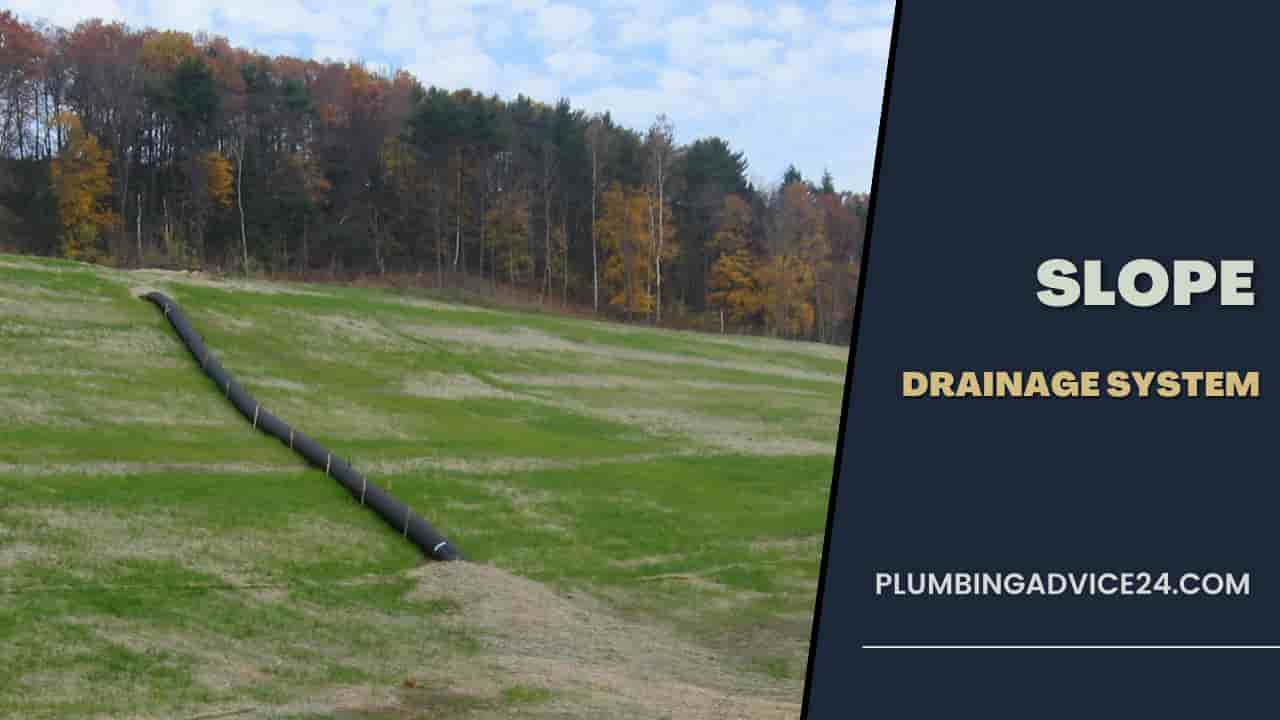Types of Drainage Systems for Residential
A drainage system is important in protecting your home from water damage and keeping your home clean. Can you imagine where the rainwater and sewage from your house will go if your house does not have a drainage system? You need to know which drainage system is best for you. In this article, we will discuss the types of drainage systems that are commonly used in your home. So that you can choose the right drainage system for your home.
What Is a Drain?
A drain is a pipe or channel that carries unwanted waste and water away from a building. The drain also drains rainwater, which opens onto the road. It is either funneled into a receptacle, into a more functional area, or flows into a sewer or stormwater channel for waste disposal or treatment.
Most systems have a drain to dispose of the waste liquid, which is known as wastewater. This is under the premise that the water they are moving from one area to another through the use of sewage is not needed.
In other systems, you can reuse the water that comes out of the drain. As in fountains or swimming pools where waste fluid is recirculated, the drain is the input to the recirculation pumping machine.
Types of Drainage Systems
There are many types of drainage systems, but you don’t need to know about all types of drainage systems. You should know only the four main types of drainage systems which are used for your home; Surface drainage system, subsurface drainage system, downspouts and gutters, and slope drainage system.
These four drainage system types are different in their own way, but each has the same function. Directing unwanted waste and water away from your home and yard, which helps keep your home clean. This article will help you know which type of drainage system is best for your situation.
Surface Drainage System
Surface drainage systems are created by digging shallow ditches and channels in a parallel pattern. These types of drainage systems divert waste and water into a larger drain or away from your home, preventing waterlogging or flooding in unwanted areas. Its shallow ditches form canals for runoff and are ideal drains for flat land. It can also be used for buildings, driveways, and other walkways. These are also called open drains.
Subsurface Drainage System
Subsurface drainage systems are used primarily to prevent soil and surface water from penetrating or damaging building foundations and as an alternative to open ditches or storm drains for streets and highways. This type of drain is also known as a french drain and is applied below the surface of the soil. Subsurface drainage systems also require the construction of deep trenches that will lead to a large collector drain.
Related Post : What Is a Sewer Line | Types of Sewer Pipes | Best Sewer Line Insurance Company
Downspouts and Gutters
Downspouts and gutters protect your home from water damage by redirecting rainwater away from the foundation. A downspout is a vertical pipe that serves to direct rainwater from the roof to the ground. Drains are sloped downwards to carry water down.
The water then flows through the downspout by gravity and is discharged away from the foundation of your home. At the end of the downspout, there is usually a drainpipe that elbows the runoff into an above-ground or below-ground drain tile.
These types of drainage systems prevent flooding in your basement or crawl space. They reduce runoff and erosion around your home and improve the overall appearance of your home.
Slope Drainage System
A slope drainage system is a drain constructed on sloping sites. In these types of drains, the water is channeled down the slope with the help of pipes so that the water can go away from the house. These types of drainage systems usually consist of a berm at the top of the slope and a flexible pipe with end sections and outlet protection.
Pipe slope drains are constructed with corrugated pipes (polymeric or metallic). These pipes are corrugated pipes installed on slopes that provide quick guidance to carry water away from the house.
Related Post : What Is a Plumbing Trap | 15 Different Types of Plumbing Traps
What Is the Importance of Drainage?
Drainage helps prevent water damage to your home. When water is not disposed of properly, it can lead to all kinds of problems, from flooding to structural damage.
The benefits of drainage are maintained by a drainage system, which keeps unwanted dirt out of your home and prevents water from backing up into your home and foundation.
If you live in an area where you can expect a lot of rain throughout the year, it is also important to have a drainage system in place.
How to Maintain Drainage System?
Keeping your drainage system clean is essential if you want to protect your home from water loss. For that, you have to check your drainage system from time to time and keep it clean so that water and waste can be removed from the house.
Debris in your drain can block your drain, causing water to back into the house instead of out. If possible, use a drain guard on each drain. Keep your roof clean to prevent gutter clogs and subsequent downspout damage. For water flooding emergencies, have the contact details of a reliable plumbing company on your speed dial.
How Much Does It Cost to Install a Drainage System?
The cost of a drainage system per linear foot depends on the type of drain you’re installing. Underground drains cost between $1,100 and $10,000 per 100 linear feet, while trench or channel drains cost between $3,000 and $9,000 per 100 linear feet.
Related Post : Galvanized Pipe Problems and Replacement Cost
What Is a Drainage System?
A drainage system consists of piping or channels that carry unwanted waste and water away from a building. These drains also drain rainwater, which opens onto the road. It either flows into a receptacle, into a more efficient area or into a sewer or stormwater channel for waste disposal or treatment.
What Are the Different Types of Drains?
Drains act to remove unwanted debris and water from your home and yard. There are mainly four types of drains.
- Surface drainage system
- Subsurface drainage system
- Downspouts and gutters
- Slope drainage system.
What Is Underground Drainage System?
The underground drainage system is the general name for the subsurface drainage system. It is installed below ground level to transport waste drainage or stormwater runoff to a sewage treatment facility or, in the case of stormwater, to a soakaway or watercourse.
What Are the Two Types of Drainage Systems?
Common two types of drainage systems include surface drains and subsurface drains. A surface drainage system consists of several ground-level areas drains connected to PVC piping. Whereas subsurface sewers consist of perforated PVC piping installed in deep trenches and covered with gravel.
What Is House Drainage System?
A house drainage system may include a drainage system used to drain sewage from homes into municipal ‘sewers’ for disposal and drains to carry away stormwater and rainwater from roads into roadside drains.
If You Liked This Post? So Share It with Your Friends
Suggested Articles :
